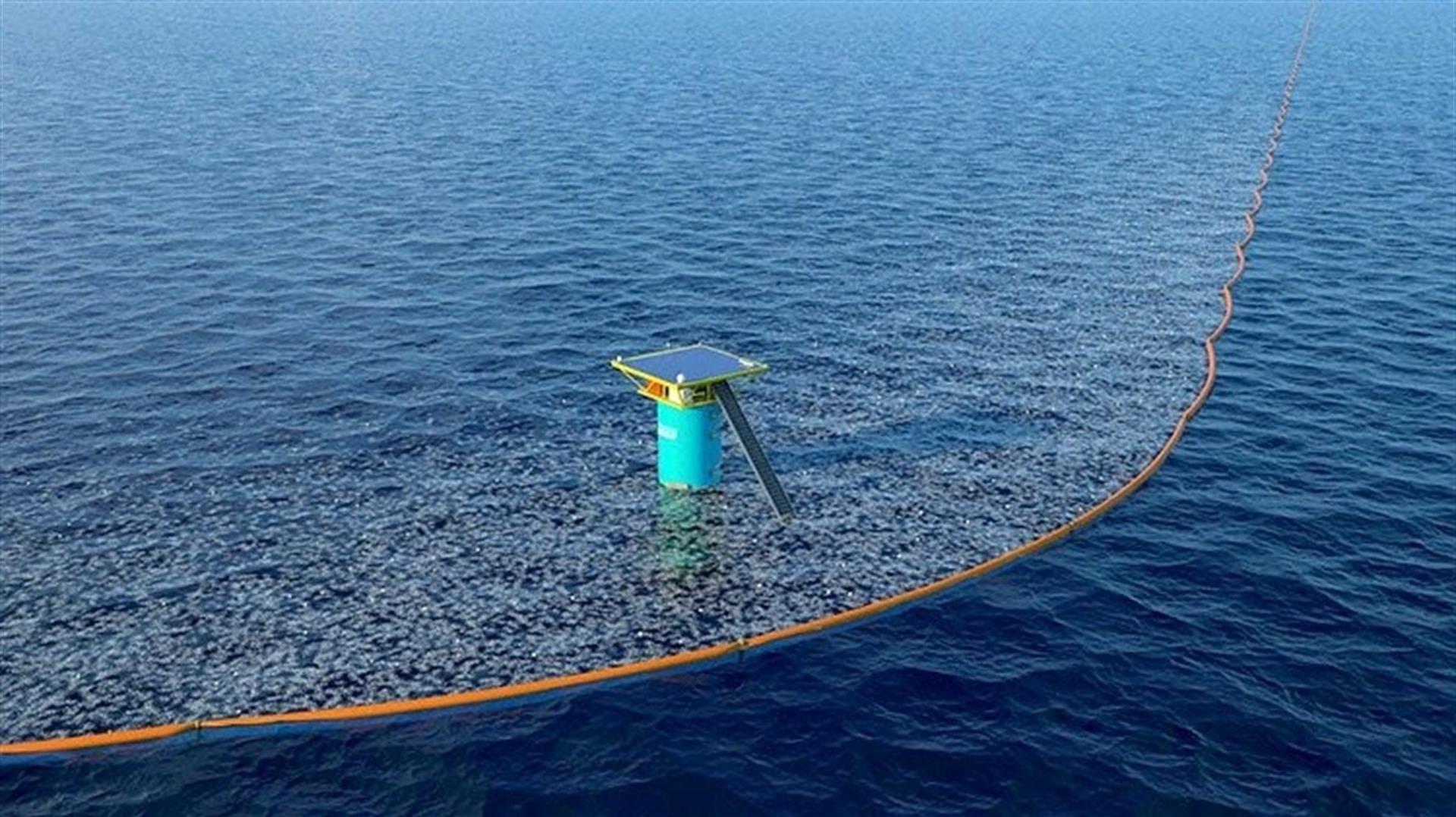Foreword: A planet choked by plastic
In 2025, more than 11 million tons of plastic is estimated to enter the oceans each year. Of this, a significant portion comes from rivers and coastlines, dragged in by poor waste management, rainfall and urban runoff.
The good news? Some technologies are actually working-and that's what we focus on today.
️The 5 technologies that are really cleaning the planet of plastic.
1. The Ocean Cleanup - Floating barriers and autonomous interceptors
- Technology developed by Boyan Slat (Netherlands)
- Patent: passive U-shaped system that collects plastic through sea currents
- Operational in the Great Pacific Garbage Patch since 2019
- “Interceptor” version used in rivers: installed in rivers in Malaysia, Indonesia, Dominican Republic
Results: Over 10,000 tons of plastic removed between oceans and rivers by mid-2025.
2. ClearBot - marine drones powered by artificial intelligence
- Hong Kong-based startup.
- Small autonomous robots capable of:
- Collect plastic in port or coastal areas
- Analyze collected waste with AI
- Run on solar power and are guided by predictive models
Ideal for coastal environments and marinas, where floating debris is constant.
3. The Great Bubble Barrier - bubble barrier for rivers.
- Dutch patented technology
- Works by creating a diagonal curtain of bubbles on the riverbed
- Bubbles push plastic toward a side trap without impeding navigation or wildlife
Used in the Netherlands and successfully tested in Germany: removes up to 86% of the plastic carried by a river.
4. River Recycle - direct extraction and recycling in rivers (Finland)
- Mobile plants that can be installed directly in the world's most polluted rivers
- Collects, separates, shreds and recycles plastics on-site
- Autonomous solar-powered power supply and low-impact systems
Active projects in India, the Philippines and Ghana: turn waste into immediately reusable secondary raw material.
5. SeaVax - robotic ships for ocean cleanup.
- British project still under advanced development (active prototypes in 2024)
- Vessels powered by solar panels and wind
- They function as “ocean vacuums”: filter microplastics and macroplastics into water
Recognized as one of the few solutions to address microplastic pollution in the open ocean.
What patents and innovations are really scalable?
Many technologies work, but few are scalable, self-sustaining, and replicable in developing countries.
Key characteristics of effective designs:
- Low maintenance costs
- Self-contained power supply (solar, wind)
- Adaptability to different contexts (rivers, ports, seas)
- Public-private or NGO partnerships for long-term management
Conclusions: Technology is ready, needs political will
The technology exists and is working: many of these solutions have already reduced tons of plastic at sea or in rivers. But the real challenge remains:
- Spread them on a global scale
- Incentivize prevention and collection policies at the source
- Integrate these technologies with the plastic recycling supply chain
If you operate in the environmental, industrial or recycling sectors, consider integrating:
- Pre-filtering systems in water networks
- Collaborations with river or marine collection projects
- AI and sensor technologies for waste tracking
Want to learn more or propose a collaboration? Contact us for a technical consultation.
